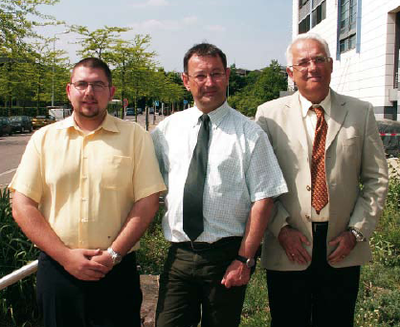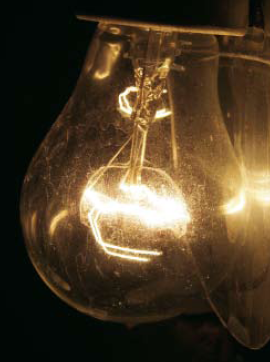Archive:Energy prices come of age
- Published in Sigma - The Bulletin of European Statistics, 2007/02

Eurostat has collected electricity and natural gas prices for over two decades. With the progress of energy market liberalisation, to be fully completed by mid-2007, the methodology for the collection of energy prices had to be adapted. So a new methodology for energy prices collection was agreed by Member States in 2006.
Introduction
The first directive for the collection of energy prices was approved in 1990. It covered prices charged to industrial consumers only; household energy prices were only provided on a voluntary basis. Back then, the process of liberalisation of the European energy market was just starting, basically in the United Kingdom. The price statistics at the time were collected on the basis of tariffs for standard consumers. Consumers paid a fixed tariff based on their key consumption characteristics: annual consumption, voltage and the so-called ‘load factor’ (number of hours consumed per days).
As the liberalisation process progressed, the notion of tariffs, especially for industries, did not make much sense. ‘The methodology for the prices data collection in a liberalised market and what energy prices should cover had to reflect the fact that real prices are set by market forces and are not the fixed tariffs used in the past’, says Peter Tavoularidis, Head of Eurostat’s Energy Statistics Unit.
New prices for the European single market
A new methodology for the collection of prices paid by industry customers was agreed by Member States in December 2006. John Goerten, responsible for energy prices in Eurostat’s Energy Statistics Unit, explains the changes introduced by this new methodology.
‘First, we will move away from regional prices to collect national prices. Second, companies will provide prices for electricity and natural gas based on the real prices paid by industrial customers averaged over a given period of six months. Another change incorporated by the new methodology is that the definition of standard consumers will be replaced by consumption bands, including one for big industrial users.’
As with all important methodological changes, there has been a transition phase. Member States have to supply the first energy prices (using the new methodology) for 1 January 2008, although they had the chance to provide data for 1 July 2007.
On the question of how countries will adapt to the new methodology, Mr Goerten says: ‘It is difficult to satisfy 27 Member States, but we have tried to take into account all points of view during the meetings of the Energy Working Group, also seeking advice from the two industry associations: Eurelectric and Eurogas. I believe we have found a good compromise for all.’
New time series
‘The drawback is that we lose all historical data; we have to start from zero. The good news is that we will really get the average prices that customers pay for their consumption’, says Mr Goerten.
‘We will also be able to compare prices at national level first, and also compare just the energy component of the prices, as the new methodology requests disaggregated data — that is, split into the energy part, network prices and tax and levies’, he adds.
Concerning the trend of energy prices in the last decade, there are a number of factors affecting the evolution of energy prices, such as oil prices, an important element in the generation of electricity through natural gas, and global market evolution. So it is difficult to see what the impact has been of market liberalisation on prices.
Subdivision 2
Data sources and availability
<description of data sources, survey and data availability (completeness, recency) and limitations>
Context
<context of data collection and statistical results: policy background, uses of data, …>
Further Eurostat information
Publications
Main tables
- Title(s) of second level folder (if any)
- Title(s) of third level folder (if any)
Database
- Title(s) of second level folder (if any)
- Title(s) of third level folder (if any)
Dedicated section
Other information
<Regulations and other legal texts, communications from the Commission, administrative notes, Policy documents, …>
- Regulation 1737/2005 of DD Month YYYY on ...
- Council Directive 86/2003 of DD Month YYYY
- Commission Decision 86/2003 of DD Month YYYY
<For other documents such as Commission Proposals or Reports, see EUR-Lex search by natural number>
<For linking to database table, otherwise remove: {{{title}}} ({{{code}}})>
External links
See also
Notes
[[Category:<Category name(s)>]] [[Category:<Statistical article>]]
